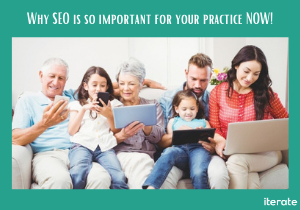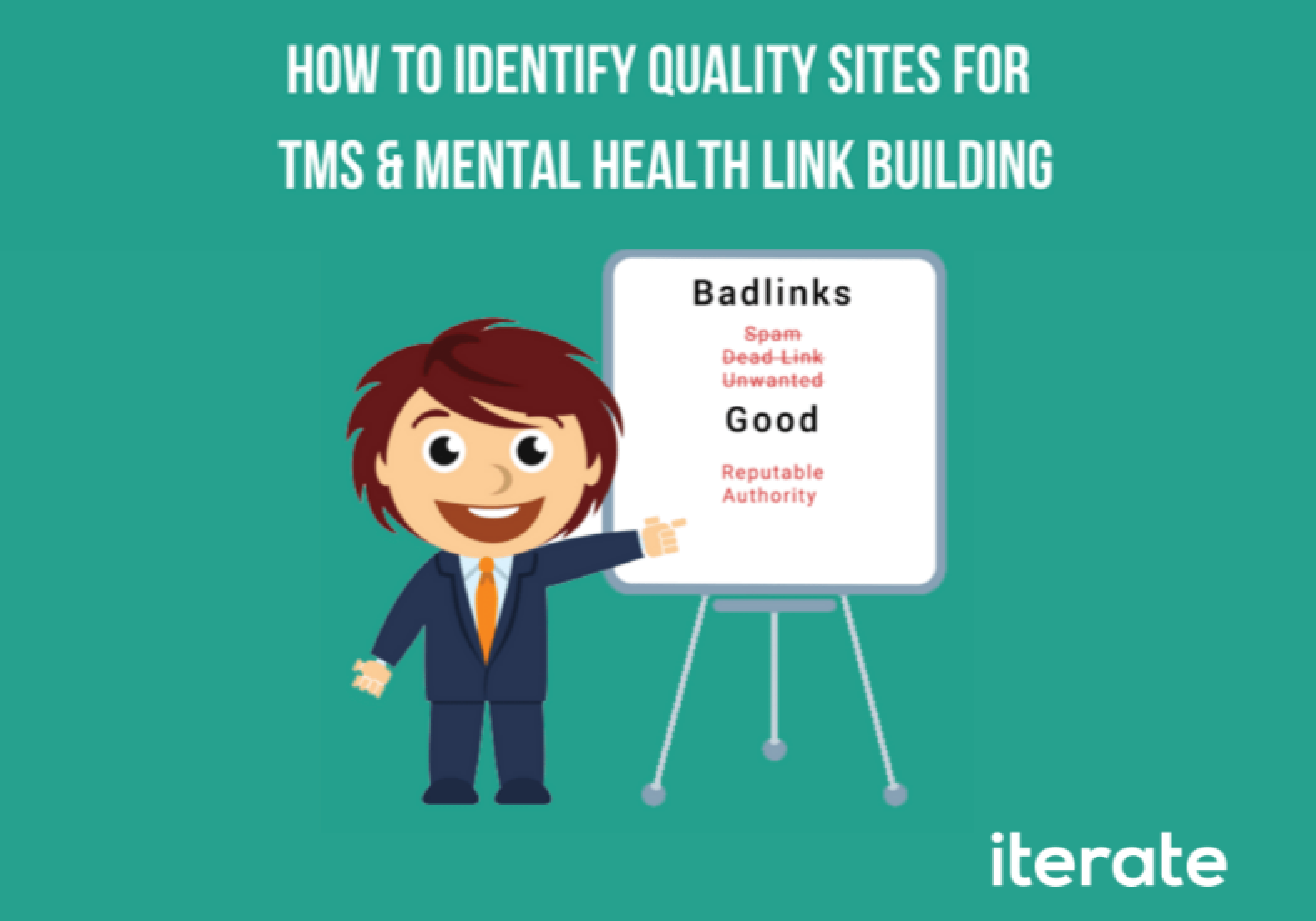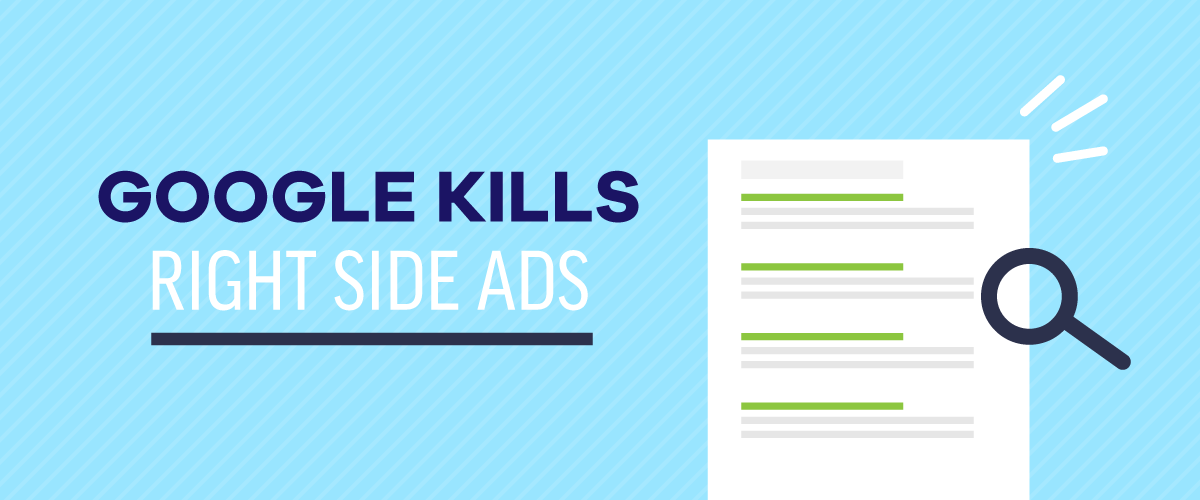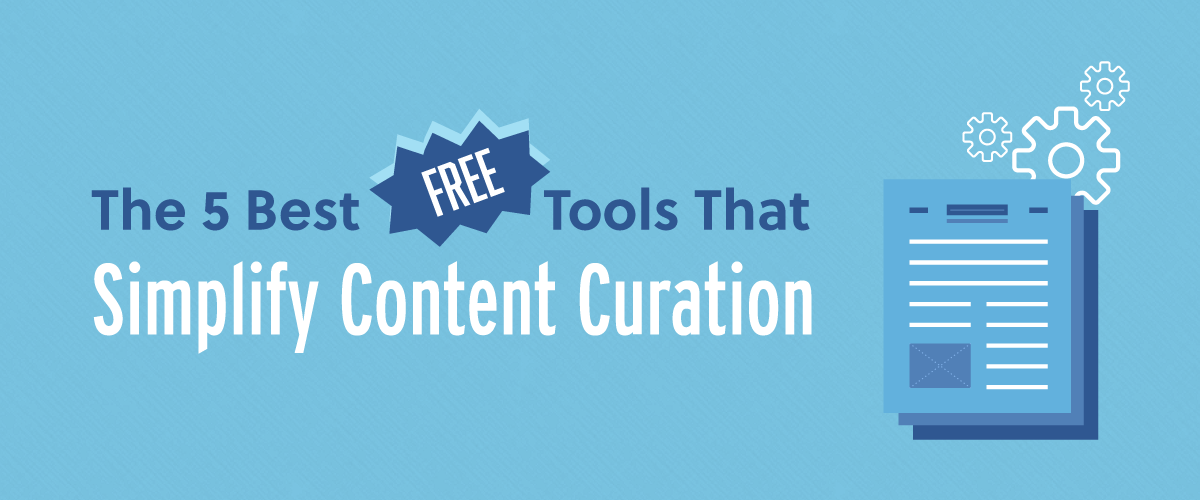Qualify Keywords With A Single Search
Us SEO’s don’t have much time. We don’t even have much time for full words, shortening things like “Search Engine Results Page” to SERP and “Search Engine Optimization” to SEO. With so little time, we need to become super efficient at everything we do or we will fall behind.
Because of how much time we spend in the SERPs (there it is again), being able to analyze them at a glance can save us an exorbitant amount of time. There are lots of things that you can look at but one of the quickest ones is user intent. After all, Google and Bing have told us exactly how they separate intents.
Intent
Google is one of the most successful companies on the planet. They can only continue to be successful when their search results are relevant. If searchers had to type in multiple queries to find what they were looking for, they would probably start using other search engines. For example, if you wanted to buy a “Belgian Waffle Iron” and you typed that into Google, a Wikipedia article on Belgium isn’t going to help you. The more this happens, the less searchers trust that Google will help them find their answer.
The search engines (yes, Bing included) have discovered a way to be relevant. They can predict the intent of the searcher. This is easier than it sounds. They reduced all intents to three different types.
- Informational – The searcher is hoping to learn something or, to be redundant, is searching for information
- Transactional – The searcher is looking for a site where they can purchase something.
- Navigational – The searcher is trying to get somewhere specific
Spotting the various intents in searches can help you qualify keywords and apply them to the right page so that you have the best chance possible of showing up in the SERP.
Navigational
Of these, navigational is the easiest to spot. Frequently, this is simply shorthand for “branded”. Generally if someone is looking to get somewhere specific they are either typing in the brand name or what they think the URL is hoping to find the real site.
Frequently there will be some overlap. Some brands have chosen names that are frequently searched informational terms. Take quartz for example. In the SERP pictured below, Quartz is a news outlet AND it’s a type of rock. At this point, the SERP has both a navigational intent and an informational intent.
Note: It’s probably a safe bet that Google has tested and discovered that more people are interested in the news site than they are the type of rock.
If you were analyzing this SERP in order to sell quartz rocks or quartz jewelry you can already tell that it’s going to be difficult. No matter how authoritative you are, you probably won’t show up in the first three spots and you likely won’t be above the fold.
Informational
Informational is fairly easy to spot as well. Most often, the results will be filled with articles over any other type of result. These also frequently start with “how to” or “reasons why” and similar prefixes. These prefixes help identify the intent as informational. After all, if you are searching “How to replace my Iphone screen” it’s pretty clear you don’t need to buy an iphone screen (at least not right now, but that’s a whole different topic).
To follow up with that search phrase, take a look at the results pictured below.
Disregarding the ads, notice how none of the results seem promising for anyone to BUY an iphone screen? Every result for this search talks about either how or why a person would want to replace their iphone screen themselves.
Not only that, they are high authority publishers as well. After the Youtube Video and the Apple support store, there is Forbes, Time and Popular mechanics, all publishers that specialize in content rather than products.
Transactional
Transactional intents are pretty obvious as well. For example, the search “men’s dress shoes” will bring up a variety of sites where you can buy exactly that, men’s dress shoes.
If you’re sharp, you’ll probably have noticed that the search phrase didn’t say anything about buying. Most search terms will default to transactional if there is no other indication (or a mix, which we will get to next). While the search didn’t explicitly say that the user intends to buy, it’s assumed (and Google has a LOT of data to back up that assumption).
The top 4 organic results are specific pages where you can buy men’s dress shoes. There are also significantly more paid ads than the previous results as well as shopping results.
Of course, these types of results are where Google and most businesses make their money. Targeting people who are searching for a transaction will be the most lucrative and, in most cases, also the most competition.
It’s not always that easy
It all seems pretty cut and dry at this point doesn’t it? It’s not always that easy. Sure “men’s dress shoes” is an obvious transactional query and “Nike” is absolutely navigational. There are some queries, though, where intent is difficult to tell. Even with data, there could be multiple intents or brands that the searcher is going for.
Let’s build off of the “Men’s Dress Shoes” query for an example. What if I simply change the query to “Best Men’s Shoes”? It’s difficult to tell what the intent might be. The searcher could be using for reviews and comparisons discussing the best shoes a man could own. He could also be searching for the “best shoes” to buy them. This confusion shows up in the search results as well. Take a look at the below screenshot for example.
The first 3 results are lists for the best shoes a man could buy according to that publisher (traditionally informational intents). The next two are Amazon and Ecco, both of which are transactional.
Knowing the breakd
own of intents and what a search result for each looks like, you should be able to glance at a results for a keyword and know whether the page you want to target with that keyword will fit in or not.





